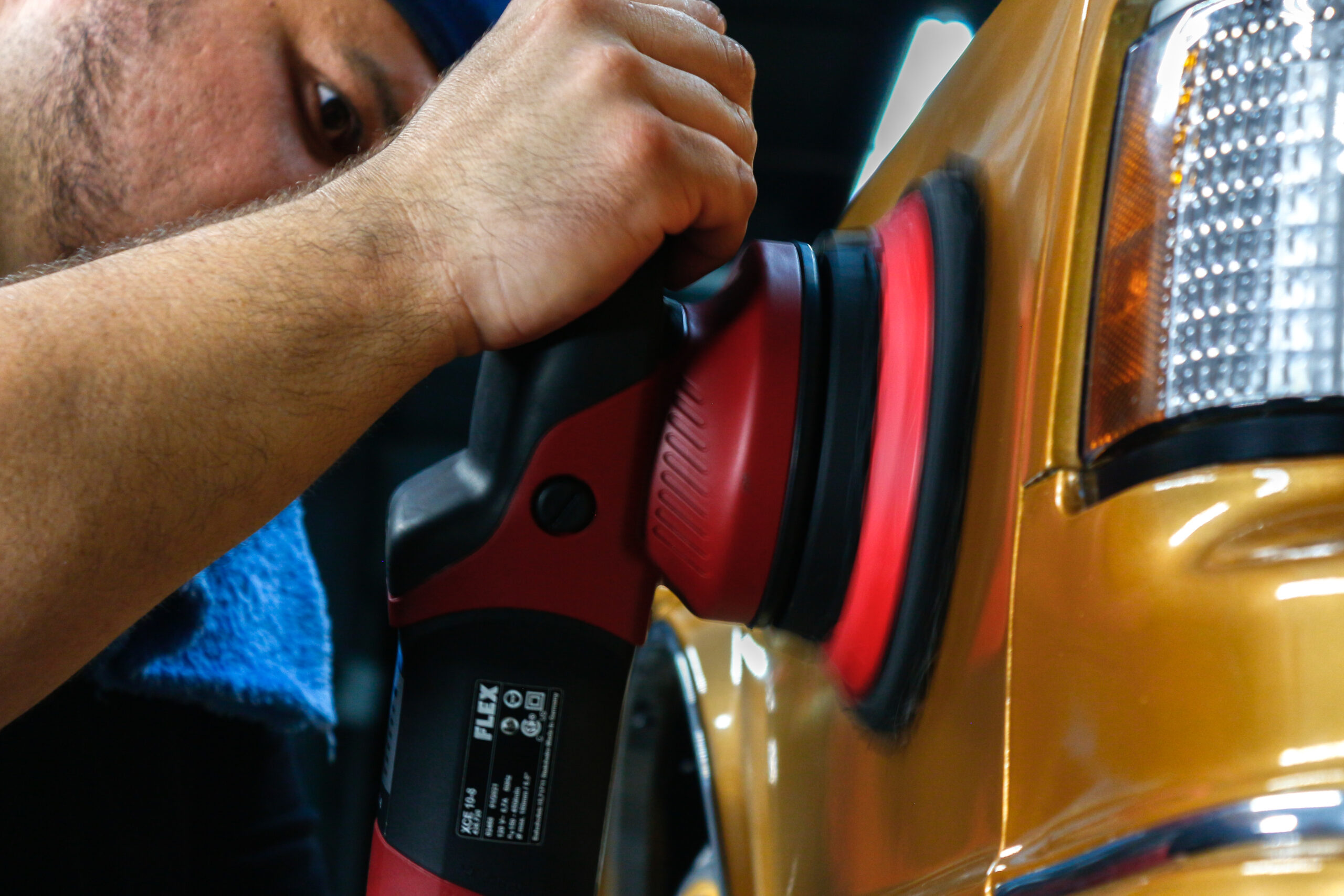
Paint correction has become a pivotal service for Dallas vehicle owners who seek to maintain and enhance their car’s exterior amidst the city’s harsh climate and urban conditions. This detailed guide explores the paint correction process, its dallas paint correction numerous benefits, and why investing in this service is essential for preserving the appearance and value of your vehicle in Dallas.
What is Paint Correction?
Paint correction is a meticulous detailing procedure aimed at restoring and refining a vehicle’s paintwork by addressing surface imperfections. Common issues such as swirl marks, scratches, oxidation, and water spots can mar the paint’s appearance over time. These imperfections often arise from exposure to environmental elements, improper washing techniques, and general wear and tear. Paint correction involves the removal of a thin layer of the clear coat—the top layer of the paint system—to eliminate these defects and reveal a smoother, more reflective surface underneath. This process not only enhances the car’s aesthetic appeal but also helps in preserving its overall value.
The Paint Correction Process
- Initial Assessment: The paint correction process begins with a thorough evaluation of the vehicle’s paint condition. Skilled technicians inspect the paintwork to identify various types of imperfections and their severity. This assessment is crucial for developing a tailored correction plan and selecting the appropriate techniques and products for the job.
- Preparation: After assessing the paint, the vehicle undergoes a comprehensive wash and decontamination process. This step removes surface dirt, grime, and other contaminants that could interfere with the correction work. A clean surface is essential for achieving the best results and preventing new defects from being introduced during the correction process.
- Polishing Stages: Paint correction typically involves multiple stages of polishing. The initial stage focuses on addressing deeper imperfections, such as scratches and oxidation, using more abrasive compounds. Subsequent stages involve the use of progressively finer compounds to refine the surface and enhance its gloss. Technicians utilize advanced polishing machines to ensure an even and thorough correction, achieving a high-gloss, defect-free finish.
- Inspection and Finishing: Once the correction work is complete, the paint is meticulously inspected to ensure that all imperfections have been addressed. Any remaining defects are treated, and a final polish is applied to achieve a high-gloss finish. To protect the corrected paintwork and extend its longevity, a protective layer such as a ceramic coating or sealant is often applied. These treatments offer additional protection against environmental contaminants and UV rays, helping to maintain the paint’s appearance over time.
Benefits of Paint Correction
- Restores Aesthetic Appeal: One of the most significant advantages of paint correction is the dramatic improvement in the vehicle’s visual appeal. By removing defects and restoring the paint’s original gloss, paint correction greatly enhances the car’s overall appearance. This makes the vehicle look significantly newer and more attractive, increasing its aesthetic value.
- Boosts Resale Value: For those planning to sell their vehicle, paint correction can be a valuable investment. A well-maintained exterior with a flawless finish will attract more potential buyers and command a higher resale value. In Dallas, where the condition of a vehicle’s exterior can heavily influence its selling price, a professionally corrected paint job can make a substantial difference in attracting buyers and achieving a higher sale price.
- Provides Long-Term Protection: Paint correction often includes the application of protective treatments such as ceramic coatings or sealants. These products provide an additional layer of protection against environmental contaminants, UV rays, and harsh weather conditions. This added protection helps preserve the paintwork and maintain the vehicle’s appearance over time, reducing the need for frequent corrections.
- Preserves Vehicle Value: Regular paint correction as part of a comprehensive car care routine helps prevent more severe paint damage. By addressing paint issues early and applying protective treatments, car owners can avoid costly repairs and maintain their vehicle’s value and condition. This proactive approach ensures that the vehicle remains in excellent shape and retains its market value.
Choosing the Right Paint Correction Service in Dallas
Selecting a reputable paint correction service in Dallas involves several key considerations. Look for a provider with a strong track record of delivering high-quality results. Research customer reviews and testimonials to gauge the provider’s reputation and expertise. Choose companies that use high-quality products and advanced equipment to ensure the best possible outcome.
Many leading paint correction specialists in Dallas offer consultations to assess your vehicle’s paint condition and provide customized solutions. This initial consultation helps determine the scope of work required and provides an estimate of the associated costs. It’s also important to inquire about the provider’s process, including the types of compounds and machines used, as well as any warranties or guarantees offered for their services.
Conclusion
Paint correction is an essential service for Dallas vehicle owners who want to enhance and maintain their car’s appearance. By understanding the paint correction process and its benefits, and by selecting a reputable service provider, you can rejuvenate your vehicle’s finish and ensure it remains in excellent condition. Whether you’re preparing to sell your car or simply want to enjoy a pristine finish, paint correction offers a transformative solution that elevates your vehicle’s aesthetics and value in Dallas’s challenging climate.